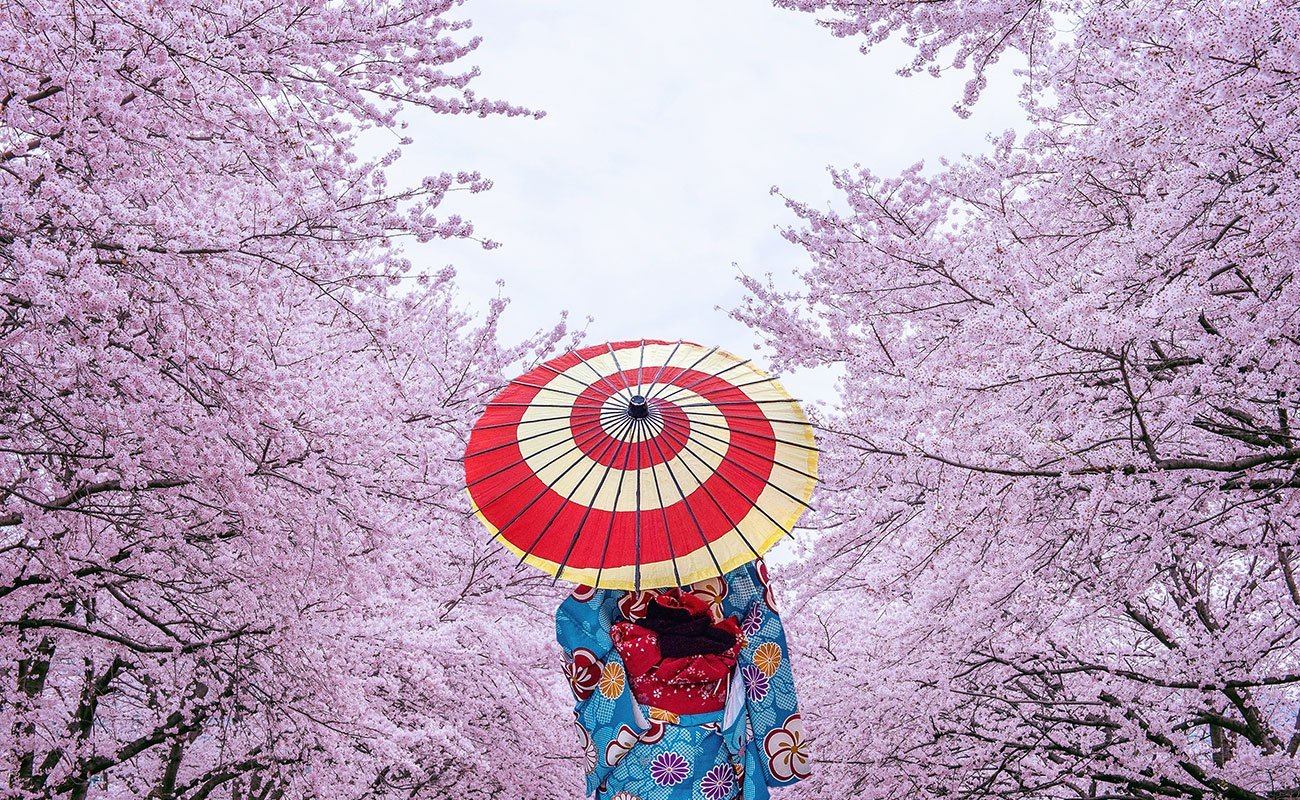By Dr. Bilal Ahmad Bhat, Founder of Watan Ko Jano
In a world increasingly saturated by over-tourism and homogenized travel experiences, a quiet revolution is taking place in the far corners of Japan. While global travelers continue to flock to Tokyo’s neon skylines or Kyoto’s storied temples, a different Japan—untouched, authentic, and spiritually enriching—is rapidly capturing the imagination of cultural wanderers and soul seekers. The spotlight for 2025 is now on Japan’s hidden villages—forgotten enclaves that offer not just a journey, but a profound connection to heritage, humanity, and harmony.
The Lure of the Untouched
Japan’s remote villages, from the mountainous Shirakawa-go in Gifu Prefecture to the ethereal Ouchi-juku in Fukushima, are living museums of ancient architecture, traditional lifestyles, and slow, intentional living. These settlements, often tucked away in forested valleys or cradled by snow-capped peaks, were once the epicenters of craftsmanship, agriculture, and samurai legacy. Today, they stand resilient, preserving customs that have faded from the cities.
What sets these villages apart in 2025’s travel map is their ability to offer immersive experiences that go beyond sightseeing. Visitors don’t just look—they live. They harvest rice with locals, sleep on tatami floors in 300-year-old ryokans, witness centuries-old festivals, and engage with elders who share wisdom not found in any guidebook.
A Digital Detox with a Cultural Upgrade
In an era dominated by constant notifications and AI companions, these villages offer a radical form of travel: digital detox. There’s limited Wi-Fi, minimal commercialization, and zero traffic congestion. Instead, you’re greeted by the scent of cedarwood, the sight of fireflies lighting the dusk, and the sound of shamisen echoing through the hills.
For millennials and Gen Z travelers who are increasingly yearning for authenticity, self-discovery, and environmental consciousness, Japan’s hidden villages are the perfect answer. These locations redefine luxury—not through opulence, but through silence, tradition, and real human connection.
Sustainability Meets Heritage
Japan has long been revered for its balance of innovation and preservation. But in 2025, that balance is now being perfected in its hidden villages. As the country faces demographic shifts and rural depopulation, the government and local communities have launched revival programs, incentivizing both domestic and international tourism that supports sustainability.
Many villages have embraced eco-tourism and agri-tourism. Renewable energy, zero-waste hospitality, and organic farming aren’t trends—they’re traditions. Travelers who choose these destinations aren’t just ticking off a location—they’re participating in the revitalization of history.
Safety, Cleanliness, and Warm Hospitality
Post-pandemic travel priorities continue to highlight safety, hygiene, and crowd-free environments. Japan’s rural regions score high in all these metrics. Villagers welcome outsiders with open arms, and interactions are guided by deep-rooted hospitality values known as omotenashi. In many ways, you’re not a tourist—you’re a temporary family member.
Solo travelers, women, retirees, and nature-loving families are discovering that these destinations offer tranquility without compromise. With upgraded public transportation routes and multi-lingual travel programs now being introduced for 2025, access is easier than ever before.
The Role of Cultural Ambassadors
As the founder of Watan Ko Jano, my vision has always been to bridge people with places in a meaningful way. We’re not just sending people to destinations; we’re reconnecting them with the essence of belonging and understanding. Japan’s hidden villages are a mirror to our own forgotten values—community, simplicity, sustainability, and silence.
Through curated programs, responsible tourism workshops, and intercultural exchanges, Watan Ko Jano aims to ensure that these villages are not just visited, but valued. When you walk the moss-covered paths of Taketomi or share tea with an artisan in Tsumago, you carry their story with you—and in doing so, you become a guardian of that heritage.
Conclusion
2025 isn’t the year of crowded cities or artificial amusement. It’s the year of quiet revolutions in hidden places. Japan’s secret villages are no longer secret—they are the soul of tomorrow’s travel. For those seeking a meaningful escape, a cultural awakening, or a legacy to touch—your journey begins in the whispering forests and weathered streets of rural Japan.








